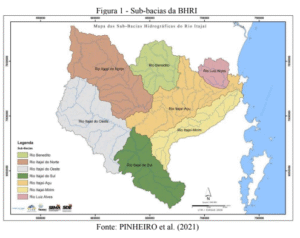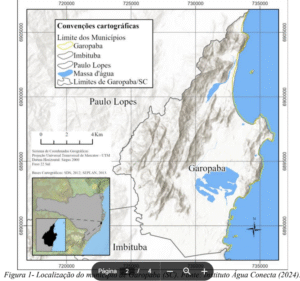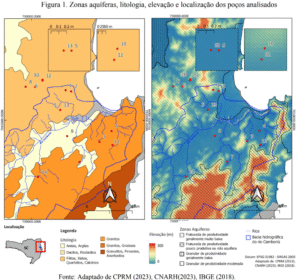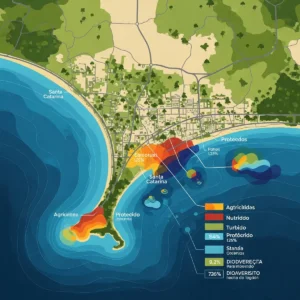When used as a surface layer on permeable pavements, pervious concrete promotes water percolation, thus helping urban water runoff management. Water percolation occurs due to its porous structure, and interconnected pores are fundamental for its efficiency. To better understand pervious concrete, this study aimed to analyse the porous structure and mechanical and hydraulic properties of pervious concrete. Compressive strength, flexural tensile strength, porosity and permeability coefficient tests were performed. The porous structure was characterised using three approaches: ImageJ software, Sketchup software and scanning electron microscopy. According to hardened state results and Brazilian technical standards, pervious concrete can be used cast-in-place for pedestrian traffic or light vehicular traffic areas. Pervious concrete pores’ length, perimeter, Feret’s diameter and width increase, while circularity and the number of pores decrease as the void volume increases, indicating that as the volume of voids in pervious concrete increases, the pores become larger, more elongated and smaller in quantity. Good to excellent correlations were found between the concrete’s compressive strength, flexural tensile strength and permeability coefficient and the concrete’s porosity, pore area, pore volume and geometric tortuosity, although different image analysis methodologies were used to obtain the porous structure data.
Link: https://www.scielo.br/j/rmat/a/SVFQHLGHjmNSpcgKLdvjjbr/?lang=en





